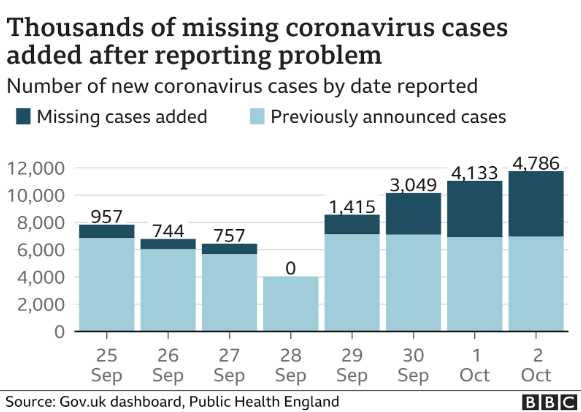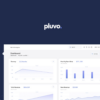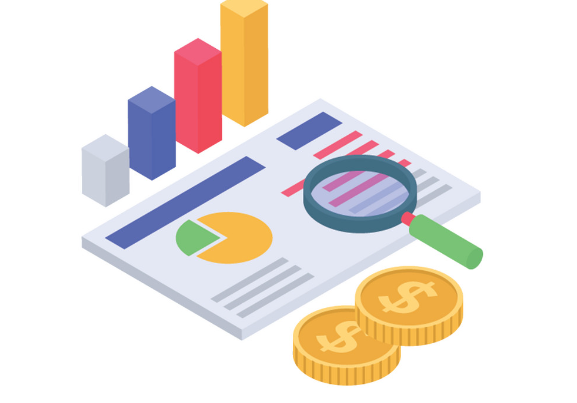Investigation – How one Excel error might have caused 50,000 Covid-19 cases.
Microsoft Excel’s million row limit led to the number of infections skyrocketing during England’s Covid-19 pandemic.
A 2020 study (source) revealed that a whopping 1 in 8 people on this planet use Microsoft Excel.

One in eight people.
If you have ever worked in an office environment, there’s a more than decent chance that you’ve at least interfaced with the software. Excel is about as commonplace in the modern workplace as a desk or a computer. A different research group conducted a study on a representative sample that revealed all office employees spend approximately 38% of their time working within Excel – despite only half of that population ever receiving formal training in the software! (source).
That’s a lot of room for error.
To quote a great Canadian businessman (who will remain nameless due to the veracity of his statement):
‘Excel is a lot like an old calculator. And the problem with old calculators is that they’re prone to accidents. Let’s say you mistakenly press the wrong number, and the equation you’ve worked so hard to solve over the past twenty minutes is completely incorrect. And you never realized there was a mistake to begin with! Now imagine working with sensitive information on that same calculator, like the finances for a person or an entire company. One mistake could be catastrophic. That’s essentially what Excel is.’

In recent years, the software’s popularity has been called into question – especially following Public Health England (PHE)’s “shambolic” loss of nearly 16,000 positive Covid test cases due to a single Excel error.
At the height of England’s Covid-19 pandemic (Sept-Oct 2020) the labs that tested Covid swabs were amassing millions of results to be reported to the government. When one lab sent their results as a CSV file to PHE, nearly 16,000 positive test results were lost due to Excel’s million row limit. When the file was imported, this critical information was simply cut off and did not display with the rest of the data. Unaware of the mistake and unable to recover the data, the results were lost.
This mismanagement of 16,000 positive cases put nearly 50,000 people at high risk of danger, because the government didn’t know to tell them that they should take anti-exposure measures! (source). When confronted about this catastrophic Excel failure, Matt Hancock (the national Health Minister at the time) explained that it was a “combination of human error and IT.”
Because of this simple human and IT error, “the infection rate soared in several areas of England after the missing 16,000 cases were added to official figures” (The Guardian, source, 2020). Because of this common Excel error, families and loving relatives were placed in the immediate path of danger. Shouldn’t an incident like this prompt a discussion to assess whether our most common tools are still effective, in an ever growing and technologically advancing world?
This is an even more pressing conversation when it comes to the tools available to public servants. In Canada, the sheer quantity of sensitive information that the average government employee handles warrants six levels of security clearance!
Should we still be trusting the valued information of Canadian citizens to infamously unreliable software, like Excel? A program that was first created in 1985. For reference, the internet was created in 1983. The internet. Shouldn’t the tools that are available to our public sector employees be current, safe, and secure from human or technological error?


That’s why, at Rain Technologies, we are committed to the creation of cutting-edge programs and applications that directly benefit our public sector peers – and the Canadian population at large. We’re working diligently, day and night, to disrupt the monopoly that outdated software like Excel has created.
Follow us on LinkedIn to never miss an update!
Rain Technologies is a finance technology company based in Ottawa, Ontario. They are dedicated to improving public sector systems in Canada and across the world. https://raintechnologiesinc.com.







